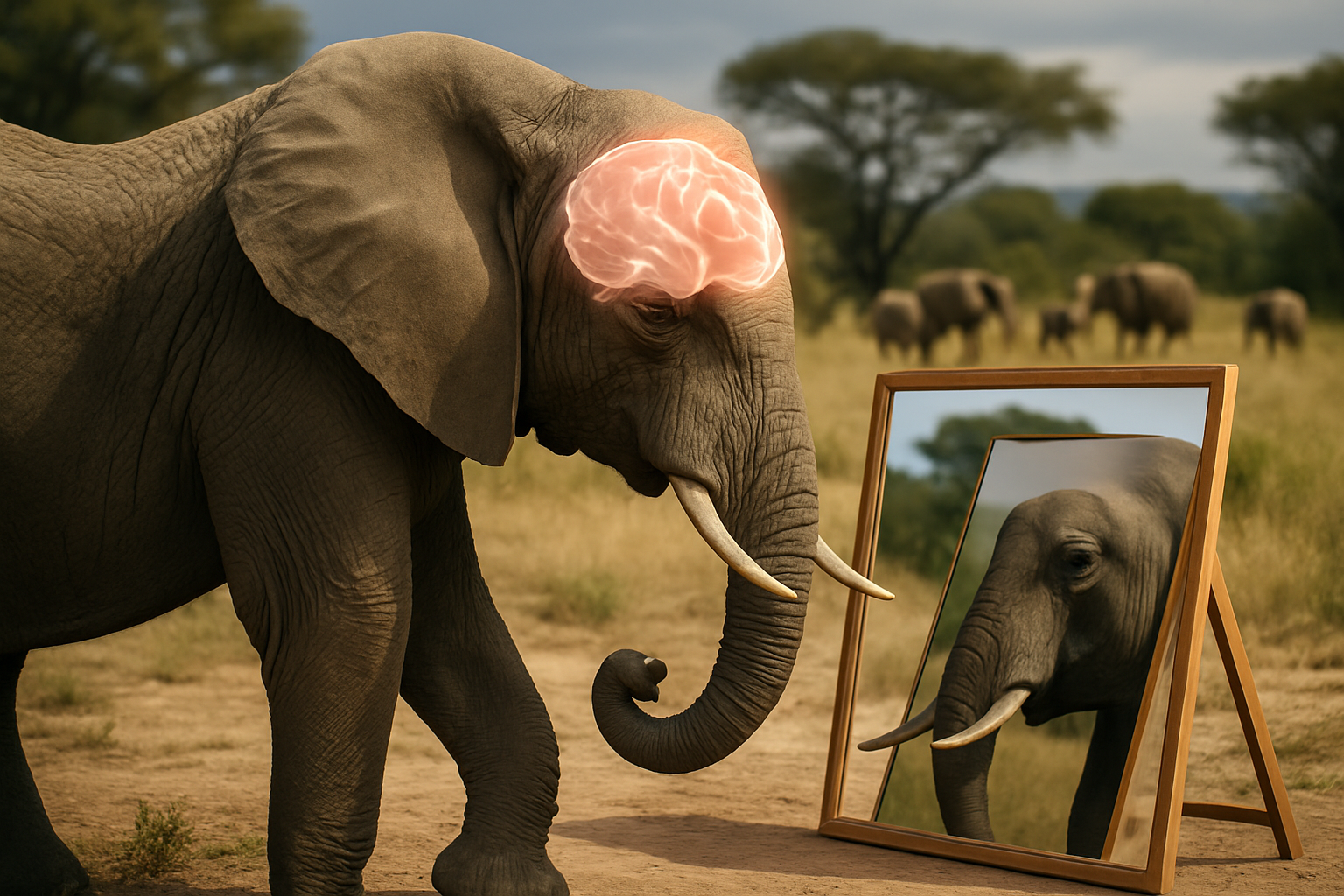Unraveling the Enigma of Elephant Grief Rituals
Elephants, renowned for their intelligence and complex social structures, have long captivated researchers with their intriguing behaviors. Among these, their apparent mourning rituals for deceased herd members stand out as a particularly fascinating phenomenon. This article delves into the mysterious world of elephant grief rituals, exploring the latest scientific findings and their implications for our understanding of animal cognition and emotions.

The Roots of Elephant Mourning Behavior
The origins of elephant grief rituals can be traced back millions of years, deeply ingrained in their evolutionary history. Elephants, as highly social creatures, have developed strong familial bonds that extend beyond immediate family units. This social structure has likely contributed to the emergence of behaviors that resemble mourning.
Paleontological evidence suggests that even prehistoric elephants exhibited behaviors indicative of grief. Fossil records show instances of multiple elephant remains clustered together, hinting at the possibility that ancient elephants, like their modern counterparts, gathered around their deceased.
Scientific Observations of Mourning Behaviors
Recent studies have provided compelling evidence of elephant grief rituals. Researchers have documented numerous instances of elephants displaying what appears to be mourning behavior. These behaviors include:
-
Gathering around the deceased
-
Touching the body with their trunks
-
Attempting to lift or move the fallen elephant
-
Remaining near the body for extended periods
-
Revisiting the site of death long after the event
These observations have been made across various elephant populations, both in the wild and in captivity, suggesting that this behavior is not isolated but rather a widespread phenomenon among elephants.
The Neurobiology of Elephant Emotions
To understand elephant grief rituals, scientists have turned to the study of elephant neurobiology. Elephants possess large, complex brains with a highly developed limbic system, which is associated with emotion processing in mammals. The elephant brain also contains von Economo neurons, previously thought to exist only in humans, great apes, and cetaceans. These neurons are linked to social cognition and empathy, potentially explaining elephants’ capacity for complex emotional responses.
Furthermore, studies have shown that elephants have an expansive neocortex, the brain region responsible for higher-order thinking and emotional processing. This neurological evidence supports the idea that elephants are capable of experiencing and expressing a wide range of emotions, including those associated with grief.
Cultural Transmission of Mourning Behaviors
One of the most intriguing aspects of elephant grief rituals is their apparent cultural transmission. Young elephants learn behaviors from older herd members, and mourning rituals appear to be no exception. Researchers have observed that the specific behaviors associated with grief can vary between different elephant populations, suggesting a cultural component to these rituals.
This cultural transmission of mourning behaviors adds another layer of complexity to our understanding of elephant cognition. It implies not only an emotional capacity for grief but also the ability to learn and pass on specific responses to death within elephant societies.
Implications for Conservation and Animal Welfare
The recognition of elephant grief rituals has profound implications for conservation efforts and animal welfare practices. Understanding the emotional lives of elephants strengthens the case for their protection and the preservation of their natural habitats. It also raises ethical questions about how we manage elephant populations in captivity and in the wild.
Conservation strategies now increasingly consider the social and emotional needs of elephants. For instance, efforts to relocate elephant herds take into account family structures to minimize emotional distress. In captive settings, zoos and sanctuaries are reevaluating their practices to better accommodate elephants’ emotional requirements, including providing opportunities for social bonding and addressing the psychological impact of deaths within elephant groups.
Challenges in Interpreting Animal Behavior
While the evidence for elephant grief rituals is compelling, scientists caution against anthropomorphizing these behaviors. Interpreting animal behavior through a human lens can lead to misunderstandings and false assumptions. Researchers emphasize the importance of objective observation and rigorous scientific methodology in studying these phenomena.
One challenge lies in distinguishing between behaviors that genuinely reflect grief and those that may serve other purposes, such as information gathering or social bonding. Additionally, individual variations in elephant responses to death further complicate our understanding of these rituals.
Future Research Directions
As our understanding of elephant grief rituals continues to evolve, several avenues for future research have emerged. Scientists are exploring the use of non-invasive techniques, such as hormone analysis from dung samples, to measure stress and emotional states in elephants during and after apparent mourning periods.
Another promising area of study involves the use of advanced imaging technologies to map elephant brain activity in response to various stimuli, including the death of herd members. This could provide more direct evidence of the neurological processes underlying elephant grief.
Conclusion: A Window into Animal Consciousness
The study of elephant grief rituals offers a fascinating glimpse into the emotional lives of these magnificent creatures. As we continue to unravel this enigma, we not only deepen our understanding of elephant behavior but also challenge our perceptions of animal consciousness and the boundaries between human and animal emotions.
While much remains to be discovered, the emerging picture of elephant grief rituals reminds us of the complex inner worlds of the animals with whom we share this planet. It underscores the importance of compassionate and informed approaches to wildlife conservation and animal welfare, as we recognize and respect the depth of emotional experiences in the animal kingdom.





